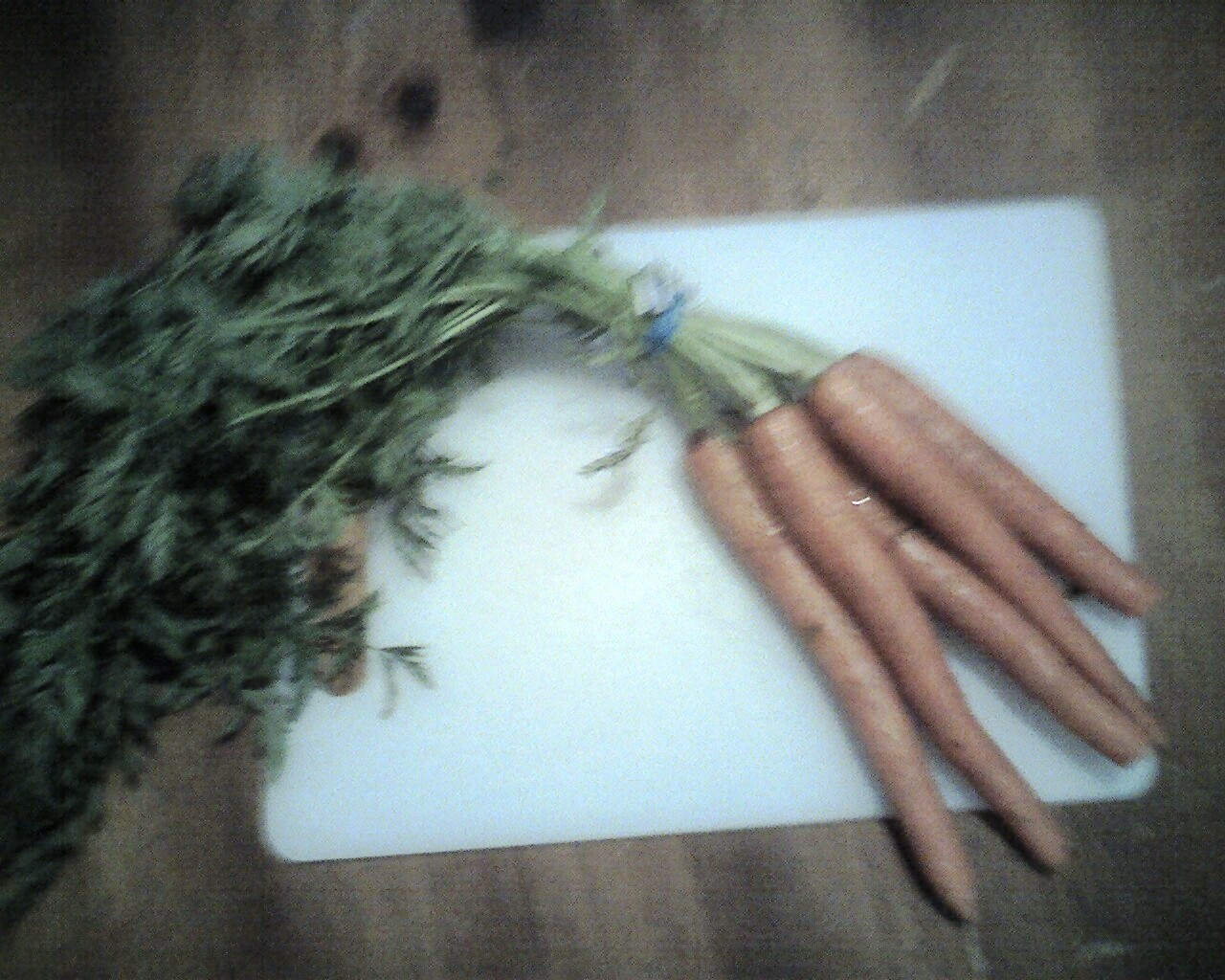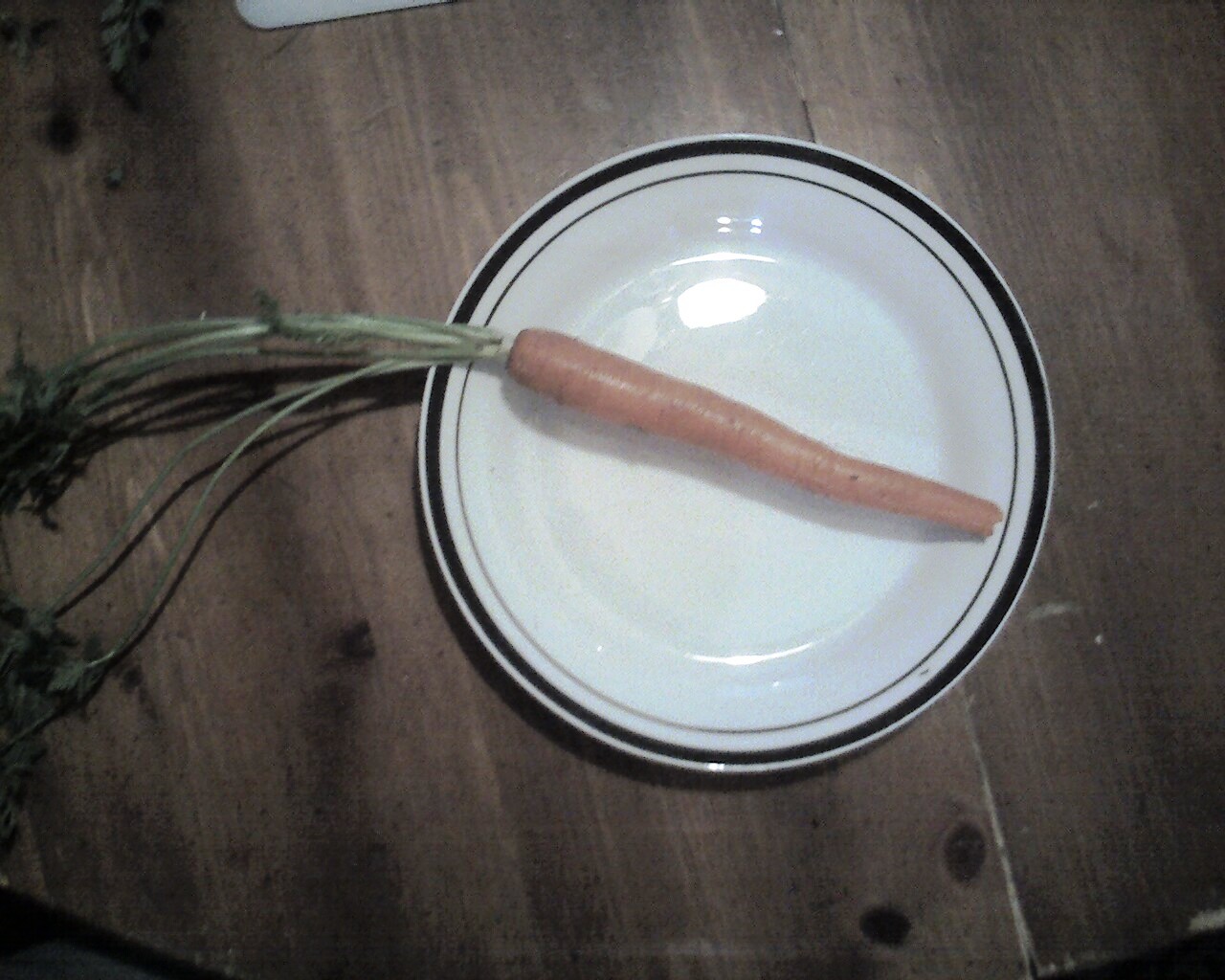Daucus carota var. sativus, The Carrot
Interactions
Daucus carota
var. sativus
interacts with many types of organisms.
Within these relationships Daucus carota var. sativus
plays various roles. When interacting with
organisms such as humans or nematodes the plant serves as a
source of vital nutrients, but for other organisms Daucus
carota var. sativus serves as a host and as a source of
nourishment.
Viruses, which are obligate pathogens, commonly invade Daucus carota var. sativus. Some common viruses that infect Daucus carota var. sativus include the Carrot Motley Dwarf Virus and the Carrot Red Leaf Virus. These viruses are most often transmitted by vectors and once established stunt the growth of the plant and reduce yields in farmed varieties.
Fungi are also a major source of problems in the cultivation of carrots. They cause numerous ailments that greatly reduce the production yields around the globe. Conditions that favor infection by fungi include wet soils, high humidity, and high temperatures. Commercial cultivation often employs procedures such as strict moisture control and crop rotation to help combat fungal infection.
 Nematodes are another organism that
interacts with Daucus carota var. sativus.
The round unsegmented worms called nematodes often occur
in large numbers within soil and in some cases feed on the roots
of Daucus carota var. sativus. Their
feeding causes galls and cysts on the storage roots, which makes
them unfit for the market place.
Nematodes are another organism that
interacts with Daucus carota var. sativus.
The round unsegmented worms called nematodes often occur
in large numbers within soil and in some cases feed on the roots
of Daucus carota var. sativus. Their
feeding causes galls and cysts on the storage roots, which makes
them unfit for the market place.
Pollinators interact with Daucus carota var. sativus in a mutualistic fashion. Pollinators such as honeybees and flies feed at the flowers of the plant, but in return cross pollinate the plants.
Humans interact with Daucus carota var. sativus in a great extent. Humans actively breed the plants to select for traits that are considered favorable. In addition humans cultivate large numbers of carrot plants and utilize them for food. The consumption of carrots by humans has been on the increase because of the great nutrition the storage root provides.
To find out the nutrition that carrots provide click here.